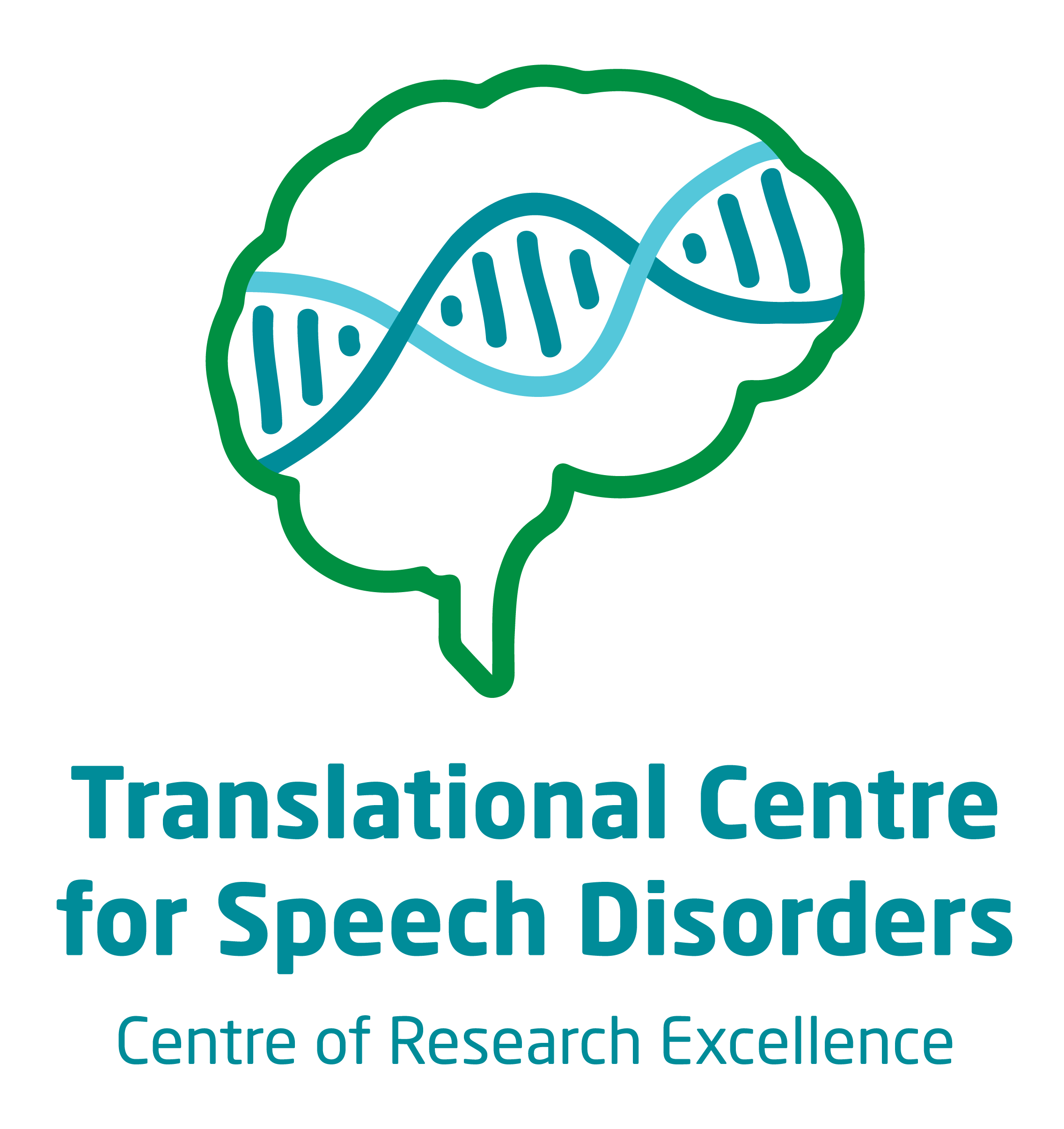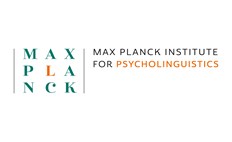Koolen-de Vries syndrome
What is Koolen-de Vries syndrome?
Koolen-de Vries Syndrome (KdVS) occurs when there is a variation on chromosome 17. This is caused by either a KANSL1 gene variant or a deletion of 17q21.31 (which includes the KANSL1 gene). This particular gene is used to help regulate how genes are expressed and is found in most tissues within the body, therefore has an important role in development.1
Contact
For further information, do get in touch with the CRE Speech and Language team at:
Email: geneticsofspeech@mcri.edu.au
Phone: (03) 9936 6334
Frequently asked questions
Research has shown that 100% of individuals that have been included in studies with KdVS have speech and language difficulties. Individuals often present with oral hypotonia (low muscle tone) and apraxia within their infant and preschool years.3 In the later school and teenage years, the apraxia is less prominent and speech is often characterised by dysarthria and stuttering.1,3 Those with KdVS have strengths in their social communication, and often have a great desire to communicate.1,3
There are a range of associated health and developmental conditions that those with KdVS may experience. The most recent study has reported:1,4
- Mild-severe intellectual disability (~85%)
- Eye/vision changes (~60%)
- Small changes to the structure of the brain (~50%)
- Dental problems (50%)
- Sleep disturbance (~40%)
- Muscle/joint issues (~40%)
- Changes to the structure of the heart (~40%)
- Epilepsy/seizures (35-75%)
- Minor skin conditions (~30%)
Other less common features include kidney/urogenital complications, hearing impairment, gastrointestinal problems.
Studies show that speech is often typically delayed with first words sometimes not achieved until 3 years of age (sometimes much later).1-2 It was also reported that children showed minimal or no babbling in the first six months of life.2
Childhood apraxia of speech (CAS) is a common feature for individuals with KdVS, particularly in the early years. They often had difficulty with oral motor movements such as reduced and range of jaw movement, rounding of lips (e.g. blowing a kiss or bubble) and tongue movement.2 Older individuals were also found to have dysarthria, characterised by slow speech, low pitch, nasality changes, monotone and loudness.2 Many children develop stuttering (repetitive speech sounds or blocks in speech). This can start in early childhood (4-6 years) but can also start in much later childhood or adolescence.1 Expressive and receptive language difficulties have also been reported in a majority of participants examined to date.1-2 Most children have a desire to communicate with others and will use alternative communication (like sign language) before they start using verbal speech.
Younger children typically present with apraxia (CAS), and as this resolves, dysarthria is more prominent. Stuttering may become prominent, but also may come and go over time.1 Studies report that all preschool children use either sign language, gesture or an assistive device to supplement their communication needs in the early years.2 Studies have also found that improvement in individuals' speech intelligibility (ability to be understood by others) only occurred after explicit teaching of speech with intensive speech pathology input. 2
One study has reported on this area. The study found that 39% of individuals with KdVS attended a mainstream school, with support, whilst 61% attended schools for children with additional needs.3
There is no research on speech and language interventions that are specifically designed for individuals with KdVS. Currently, interventions are specific to an individual’s needs and goals and require a speech pathologist to ensure that current best-evidenced based therapies are implemented.
A recent study has mentioned that improvement was shown in speech intelligibility when the participants were explicitly taught sound imitation, syllable generation and combinations, complex words, short phrases, sentences and spontaneous speech.3 They also noted that there should be a focus on general language and literacy development alongside speech motor skills.3
For information and support on Koolen de Vries Syndrome: https://kdvsfoundation.org
https://www.rarechromo.org/media/information/Chromosome%2017/Koolen-De%20Vries%20Syndrome%20FTNP.pdf
For information and support on childhood apraxia of speech: https://www.apraxia-kids.org
Our Fact Sheet can be found here.
References
- St John, M., van Reyk, O., Koolen, DA., de Vries, BBA., Amor, DJ., Morgan AT. (2022). Expanding the speech and language phenotype in Koolen-de Vries syndrome: late onset and periodic stuttering a novel feature. European Journal of Human Genetics.
- Genetics Home Reference. (2019). KANSL1 gene. Retrieved
https://ghr.nlm.nih.gov/gene/KANSL1 - Morgan, A.T., Haaften, L.V., van Hulst, K., Edley, C., Mei, C., Tan, T.Y., Amor, D., Fisher, S.E., & Koolen D.A. (2018). Early speech development in Koolen de Vries syndrome limited by oral praxis and hypotonia. European Journal of Human Genetics, 26(1), 75-84.
- Koolen, D., Morgan, A., de Vries, B.A. (2019). Koolen-de Vries Syndrome. GeneReviews.






